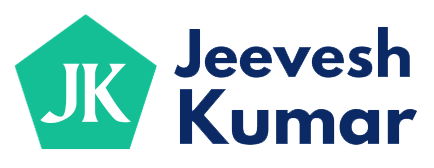Paper - 1 (HL/SL)
Coming soon!
Coming soon!
Paper - 2 (HL/SL)
Paper - 3 (HL only)
Robert Griffiths, CS teacher from Colegio Gran Bretaña, produced these (AI-generated) resources:
- Terminology definitions: both short and detailed
- Multiple-choice questions and answers for each section
- Flashcards for the above definitions
Bill Mackenty’s (American School of Warsaw) excellent Computer Science Wiki has a page of definitions for terminology from the case study.
- https://computersciencewiki.org/index.php/Robotics
- https://computersciencewiki.org/index.php/2024_case_study
An overview video with good detail by Amith Ravinder, the teacher at Aquinas American School.
Some practical articles
- Visual SLAM: The Basics
- A Comprehensive Guide on Human Pose Estimation – Analytics Vidhya
- Human Pose Estimation Technology 2023 Guide
- Ethical concerns in rescue robotics: a scoping review | SpringerLink
- Rise of the Robots | The Ethics of Robotics | PBS LearningMedia
- Sensor Fusion Tutorial | ideo.com
Some helpful videos
- How vSLAM is Used For Robotic Navigation
- SLAM Robot Mapping – Computerphile
- Human Pose Estimation in Machine Learning Explained (2D & 3D)
- Deep Learning – 048 Human pose estimation as image segmentation
- Understanding Sensor Fusion and Tracking, Part 1: What Is Sensor Fusion?
- Robots to the rescue in post-disaster recovery
Internal Assessment 2023
Internal Assessment Criteria
Practical application of skills through the development of a product and associated documentation. The solution is assessed using five criteria:
- Criterion A: Planning (6 marks)
- Criterion B: Solution overview (6 marks)
- Criterion C: Development (12 marks)
- Criterion D: Functionality and extensibility of product (4 marks)
- Criterion E: Evaluation (6 marks)
Appropriate Choice of Topics for Your IA
Students can select any topic that interests them. It does not have to be directly related to the specified themes in the syllabus or to the option studied. Students should undertake a challenging task using appropriate techniques to showcase their algorithmic thinking and organizational skills.
The solution may take one of these forms:
- Creating a new system, such as an OOP program, a relational database, a simulation or a stand-alone/Web-based application
- Adding functionality to an existing system, such as connecting a webpage(s) to a database, writing a function for Moodle, writing a plug-in, or developing a stand-alone application.
It is essential that whatever form the solution takes it ensures the student can explicitly demonstrate and document his or her algorithmic thinking skills.
Inadequate Product Examples
It should be noted that products created using templates that show no evidence of modification in their structure, design or functionality are not permitted. Examples of inappropriate products include:
- the development of a programming product only using copied code
- the development of a website (product) using a web-based template that determines its structure and layout
- the use of unmodified exemplar products or templates provided with software such as the Northwind database in MS Access
- a product that does not meet the ethical requirements outlined in the “Ethics” section of the page.
IA Scored 7
Fitness Tracker: Username: admin@admin.com Password: 123456789
